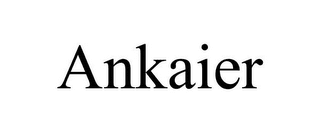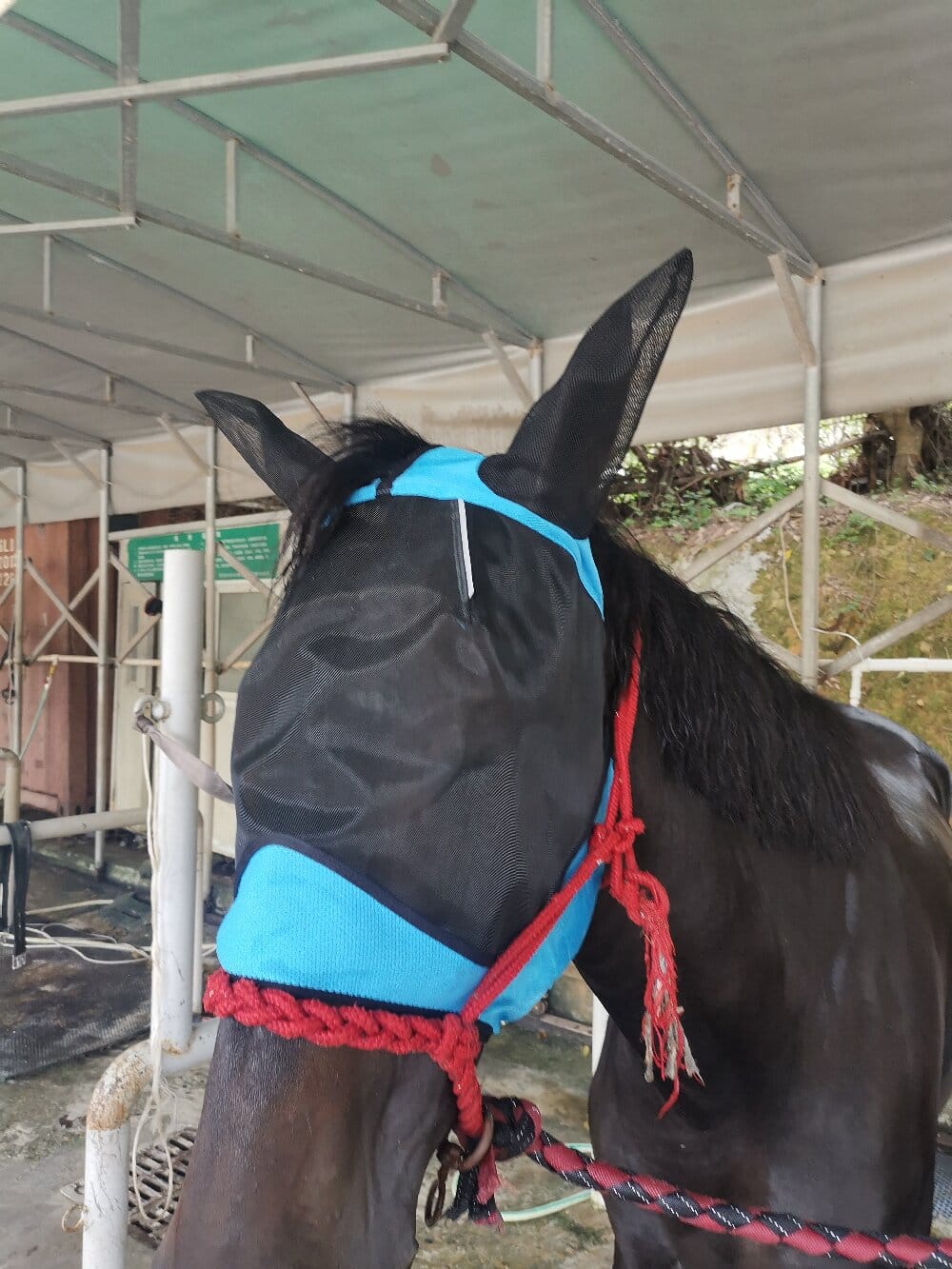Let’s talk about a simple piece of equine gear that can dramatically improve your horse’s quality of life: the horse fly mask. It’s more than just a mesh screen; it’s a first line of defense against the relentless irritation of flies, gnats, and the harsh glare of the sun. If you’ve ever seen your horse frantically shaking its head, stamping its feet, or seeking refuge in a dusty wallow, you’ve witnessed the misery that these tiny pests can cause. From painful bites around the eyes and ears to the constant stress of being a living buffet, the summer months can be pure torment. A well-fitted fly mask offers a peaceful reprieve, allowing your equine companion to graze, doze, and simply exist in comfort. It’s one of those small investments that pays off in spades through a happier, healthier, and more relaxed animal.
The Unseen Benefits of a Fly Mask for Horses
Most people understand the basic premise—it keeps flies away. But the advantages run much deeper. Firstly, it’s about physical protection. The skin around a horse’s eyes is incredibly thin and sensitive. A biting fly can cause a significant wound that is prone to infection and swelling. Furthermore, many masks now offer integrated UV protection, shielding your horse from harmful sun rays that can lead to conditions like cancer eye, especially in light-colored or pink-skinned horses. Beyond the physical, there’s a huge mental component. Constant harassment from insects is a major stressor. A horse that isn’t being pestered is a horse that can maintain better condition, as it spends more time eating calmly and less time running fences in a panic. This simple piece of gear truly supports both their physical well-being and their mental peace.
Navigating the Choices: A Guide to Fly Mask Features
The world of fly protection has evolved far beyond the basic nose-less mesh hood. Walking into a tack shop can be overwhelming, so knowing the key features will help you make the best choice for your horse.
- Full Face Coverage: These masks extend over the entire front of the face, including the eyes, cheeks, and often down the nose. This is ideal for horses that are particularly sensitive to flies biting their muzzles.
- Ear Covers: Built-in ear covers are a game-changer. They prevent gnats and flies from burrowing into the ears, a common cause of head-shaking and extreme irritation. Look for soft, breathable mesh in the ear area.
- Nose Coverage: For extra protection against flies that spread summer sores or bother horses while they graze, a long nose extension is invaluable.
- UV Protection: Don’t assume all masks have this. Check the label for a stated UPF (Ultraviolet Protection Factor) rating to ensure your horse’s eyes are safe from the sun.
- Durability and Comfort: Look for strong yet soft mesh, double-stitched seams, and adjustable tabs for a secure but comfortable fit. A tough but flexible poll piece is essential for preventing rubs.
The Art of the Perfect Fit: Safety and Comfort First
Getting the right size is absolutely non-negotiable. A mask that is too loose will slip, twist, and blind your horse, creating a dangerous situation in the pasture. One that is too tight will cause rubs, pressure sores, and unnecessary discomfort. To fit a horse fly mask correctly, start by ensuring the eye holes are perfectly aligned, giving your horse a clear, unobstructed field of vision. The poll strap should sit snugly behind the ears without pinching. You should be able to comfortably fit two fingers between the strap and your horse’s skin. The noseband, if present, should not interfere with the nostrils or the ability to graze and drink. Always check the fit from all angles, watching your horse move off to ensure everything stays in place. Remember, a proper fit is a safe fit.
Caring for Your Horse’s Fly Gear
To get the most out of your investment and ensure it remains comfortable, a little maintenance goes a long way. I make it a habit to remove the mask daily to check for any dirt, debris, or signs of rubbing. This quick daily ritual also gives me a chance to wipe my horse’s face clean. For cleaning, I typically hose off the bulk of the grime and then hand-wash it with a mild soap, rinsing thoroughly. I avoid harsh detergents that can break down the delicate mesh or irritate my horse’s skin. After washing, I always air dry it away from direct sunlight, which can degrade the elastic and fabric over time. Storing it flat in a tack room ensures it’s ready for the next use without being crumpled or misshapen.
A Small Step Toward a More Peaceful Pasture
In the grand scheme of horse ownership, a fly mask is a minor accessory, but its impact is profound. It’s a clear demonstration of our understanding and compassion for our equine partners. By choosing the right mask, ensuring a perfect fit, and maintaining it properly, we provide them with a shield against the daily annoyances and genuine health risks posed by insects and sun. It’s about granting them the simple dignity of a peaceful day in the field, free from the relentless buzz and bite. Seeing your horse content, grazing calmly with its friends, is the ultimate confirmation that this small piece of gear is doing its job beautifully.

